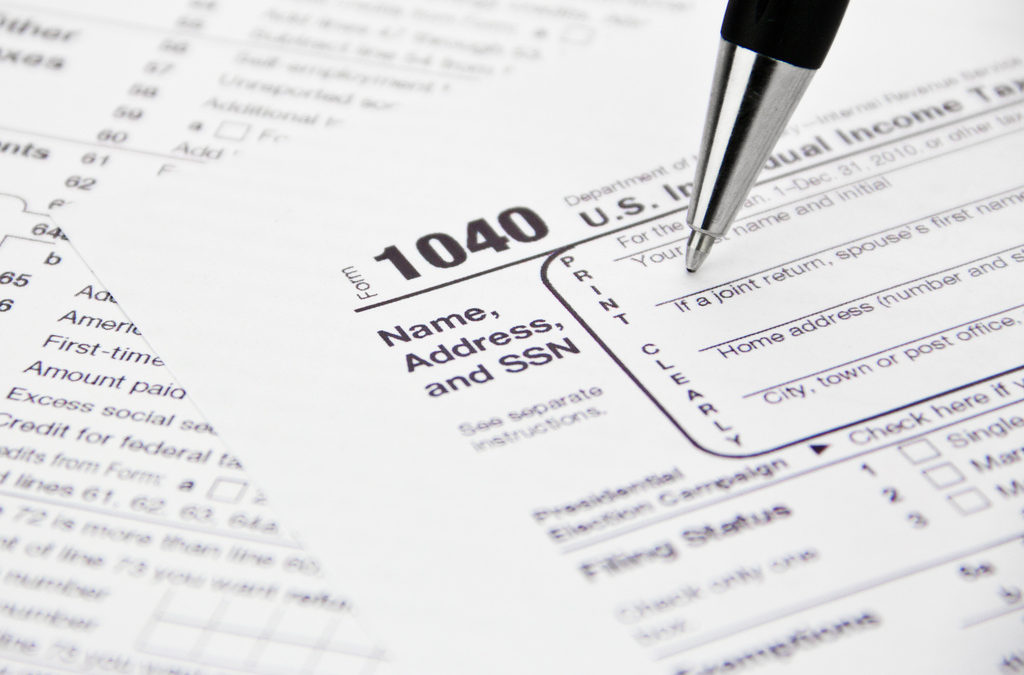We often work with clients who are not familiar with the U.S. tax system but for various reasons are required to file U.S. income tax returns. Last week we provided a general overview of how income taxes work in the United States, as the process differs from tax systems in other countries. This week we will take a look at a few of the most common Internal Revenue Service (IRS) tax forms that you might receive and need to use when preparing your individual income tax return (otherwise known as Form 1040).
W-2
Officially known as the Wage and Tax Statement, this form is used to report wages paid to employees as well as federal, state, and other taxes that were withheld. An employer must mail Form W-2 to employees on or before January 31. The information in this form is used in completing an individual tax return. You receive three copies of your W-2: one for your federal tax return, one for your state return, and one for your records. The W-2 is a way for the IRS to track an employee’s potential tax liability.
1099
This form is a record that an entity or person other than your employer paid you money. There are several different types of 1099s. Here are a few of the most common ones:
- 1099-INT: You will receive this form if you earned more than $10 in interest from a bank or other financial institution.
- 1099-DIV: This form is sent to investors who receive distributions from certain types of investments. Most investors who receive this form will have ordinary dividends, qualified dividends, or capital gains distributions.
- 1099-MISC: Various types of income can be reported on this form. For example, you should receive this form if you received at least $600 in categories such as income from prizes and awards, services performed as an independent contractor, rental income, and medical and health care payments.
1098
The mortgage interest statement details the amount of interest and related expenses paid on a mortgage during the tax year. A mortgage is a loan taken out to purchase real estate property (typically a home). The borrower is usually required to make monthly payments, which include interest. You might be able to claim interest payments made on a mortgage as a tax deduction. If you paid at least $600 in interest in a year, your mortgage company is required to send you a copy of this form.
1042-S
The Foreign Person’s U.S. Source Income Subject to Withholding form is used to report taxable federal payments and federal tax withholding related to various types of income received by U.S. nonresidents or noncitizens. Examples of included income are reportable fellowship/scholarship income, corporate dividend payments, and payments made to independent contractors for work performed in the United States.
K-1
The Schedule K-1 is issued by certain entities to report an owner’s share of income, deductions, and credits from the company. While it is not filed with an individual tax return, the Schedule K-1 is needed for an owner to accurately determine how much income to report for the year.
There are hundreds of IRS forms and schedules, each with very specific instructions and rules. You can find all of the forms and instructions on the IRS website. Our International Tax Group is well acquainted with the myriad tax forms that residents and nonresidents might receive from the IRS, and we are happy to help individuals file their returns in an efficient and accurate way. Please reach out to us if you would like to learn more.
By Jennifer Cremerius

